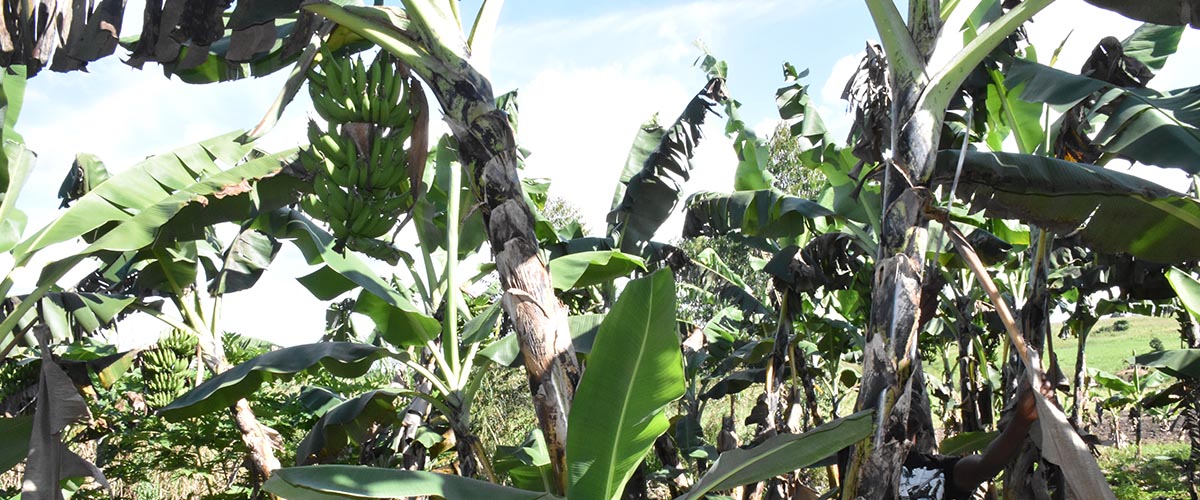Management Strategies

Management Strategies
The perennial nature of the banana crop and the subterranean and endo-parasitic nature of nematodes make control of the pest difficult. However, a number of control measures have been developed but their success against nematodes is influenced by various environmental and plant based conditions.
Cultural control
- Use of clean planting material
The spread of nematodes across and within regions is attributed to transfer of infested planting material and can be avoided by using nematode free or micro-propagated suckers.
Field suckers can be cleaned by corm paring followed by either exposing them to sunlight for some days or hot water treatment or dipping them in nematicide. Use of propagated plants can delay infection by nematodes.
Crop rotation
- Rotating bananas with non or less favorable hosts lead to decline in nematode populations in a field. The next banana then is started with a low initial inoculum. This method together with flooding and fallowing are efficient where bananas are replaced frequently. Root crops (cassava and sweet potato) have proven potential rotation crops against nematodes.
- Soil amendments and mulches
- Well managed plantations and backyard garden plants have a long period of good productivity. In addition to enhancing vigorous plant growth, mulches may affect soil nematode populations through the benefits of organic matter and by altering the micro environment.
- Other Pests
Monkeys
Monkeys can be notorious and destructive especially to plantations near forests. Monkeys can be scared off by dogs, children or guards. Ants Black ants commonly known as Kaasa in Luganda, usually dig up soil and expose the banana corms thus rendering the plant to toppling.
Leaf Eaters/Miners
The leaf blades and lamina can be attacked by various lepidoptera caterpillars but they are not usually very serious pests.



